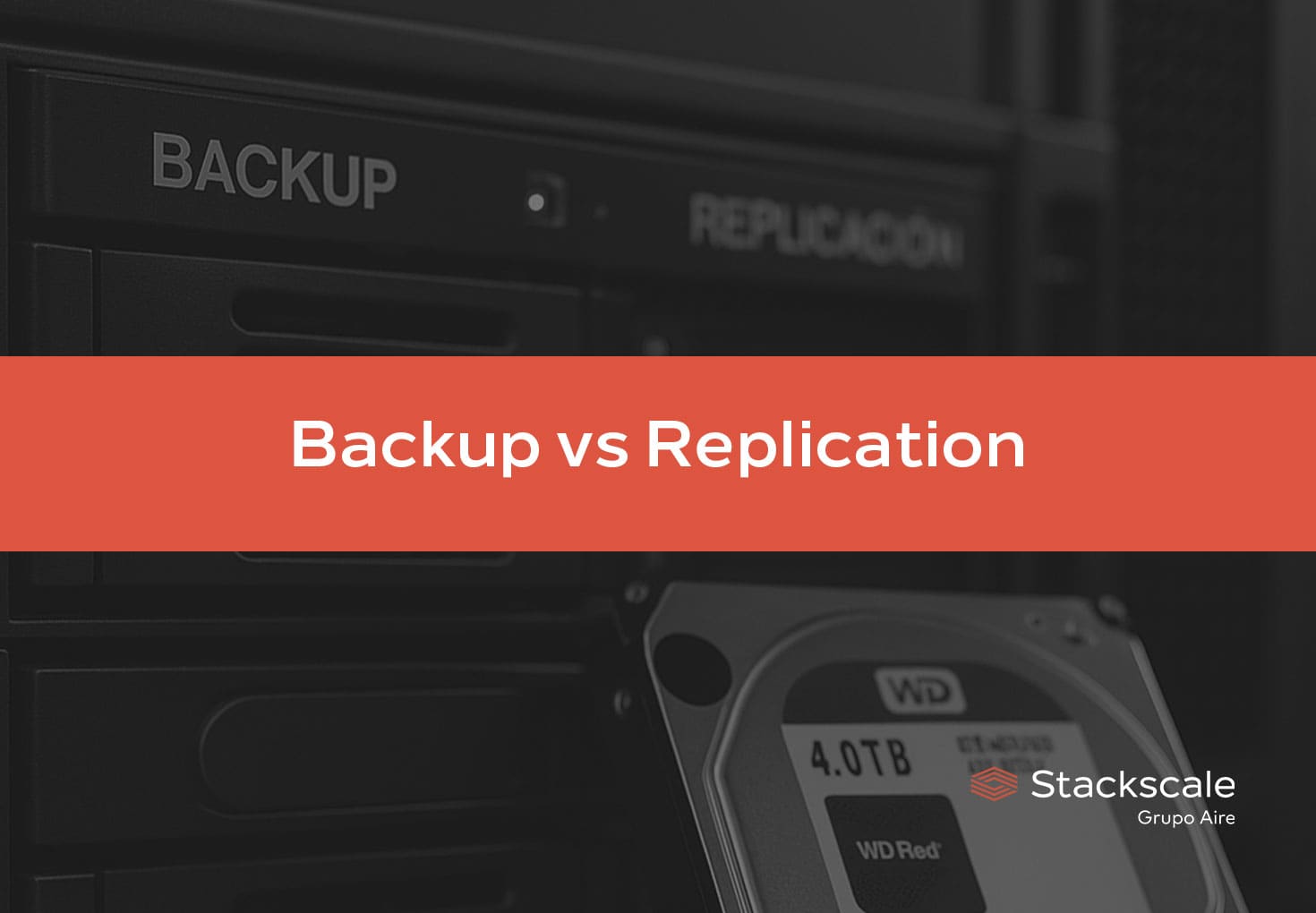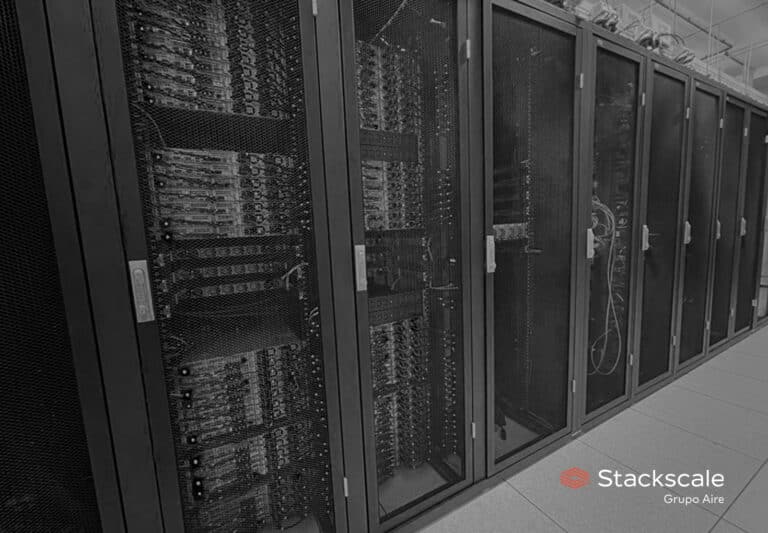In today’s business landscape, protecting data effectively is no longer optional—it’s essential. Yet many organizations still wonder whether traditional backups are enough or if they should also invest in replication solutions. What’s the difference between backup and replication? And when is it wise to use both? At Stackscale, we help you understand the benefits, limitations, and how combining them leads to a resilient and robust data protection strategy.
Backup: Point-in-Time Data Copies
A backup is a snapshot of production data at a specific point in time. These backups are typically stored in a compressed file format on lower-cost, slower storage media.
Advantages of Backups
- Cost-effective: Backup files can be archived on low-performance storage. Stackscale’s Archive Storage is ideal for this use case.
- Long-term retention: Backups can be preserved for weeks, months, or even years to meet audit or compliance requirements.
- Protection against ransomware and logical corruption: By keeping historical versions and leveraging snapshots, it’s possible to restore data to a previous clean state.
Disadvantages of Backups
- Resource-intensive: Backup operations can consume significant bandwidth and processing power. With Stackscale’s Archive Storage, there are no additional bandwidth charges as long as the data remains within our private network.
- Wider recovery point intervals: With daily backups, up to 24 hours of recent data could be lost after an incident.
- Slower recovery: Restoring from a backup often involves decompressing and copying files back to production, which can take hours.
Replication: Near-Real-Time Data Copies
Replication involves copying data continuously or periodically, typically in a format that can be immediately read and used by the system. However, there are different types of replication, and not all of them are real-time.
Replication Solutions at Stackscale
1. Hourly Replication in Network Storage
Stackscale’s network storage solutions replicate data to a secondary data center every hour. This approach offers a solid level of protection without the complexity or cost of synchronous replication.
- Low RTO: Fast recovery of environments within minutes, depending on the storage system and data volume.
- Reasonable RPO: Maximum data loss of up to one hour.
- Efficient storage and bandwidth usage.
- Geographic redundancy: Replication between data centers over 10 km apart ensures physical separation and added resilience.
2. Synchronous Geo-Replicated Storage
Our synchronous geo-replicated storage ensures data is stored simultaneously in two different data centers, using write-confirmation and synchronous replication.
- RTO = 0 / RPO = 0: No data loss and immediate recovery in the event of failure.
- Ideal for mission-critical systems: Databases, financial services, medical infrastructure, telecom platforms, etc.
- High availability even during full data center outages.
- Engineered for the most demanding compliance and operational needs.
General Advantages of Replication
- Near-instant availability: Environments can be recovered in seconds or minutes.
- More recent data than backup: Reduces potential data loss during failure.
- Complements backups: Works alongside snapshots and archival policies for full protection.
General Drawbacks
- Error propagation: Logical corruption (e.g., ransomware or human error) can be replicated to the recovery site. This is why backups and snapshots remain critical.
- Higher cost: Especially for synchronous replication, due to higher-performance storage and dual-site operations.
Why You Likely Need Both
Most organizations adopt a combined strategy:
- Scheduled backups provide historical restoration points and protection against corruption or deletion.
- Replication (hourly or synchronous) ensures quick recovery and minimal disruption.
Using both enables redundancy, fast failover, historical retention, and the flexibility to recover from a variety of incidents—from user errors to full infrastructure failures.
How Stackscale Can Help
At Stackscale, we provide advanced European infrastructure to protect your data efficiently, flexibly, and securely:
- Network storage with hourly replication, supporting S3, NFS/iSCSI and automated snapshot policies.
- Synchronous geo-replicated storage, with real-time write confirmation between two data centers over 10 km apart in Madrid.
- Managed backups, including automatic snapshots, long-term retention, and granular restore options.
- Housing for private infrastructure, disaster recovery services, business continuity plans, and 24/7 specialized support.
All our infrastructure is hosted in high-availability data centers in Madrid and Amsterdam, adhering to strict European standards for data protection and operational continuity. Our tailored solutions adapt to each customer’s needs, industry compliance, and recovery objectives.
Looking to improve your backup and replication strategy?
Get in touch with our team—we’ll help you design a solution that guarantees the availability, integrity, and recoverability of your critical data.





